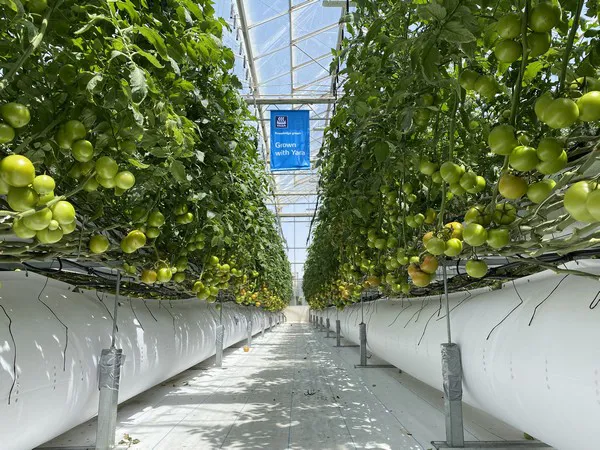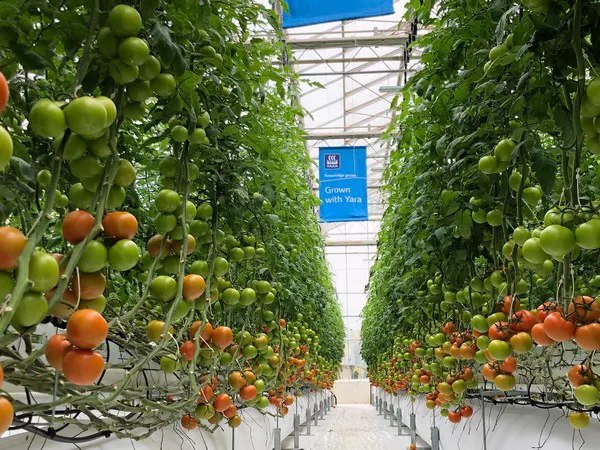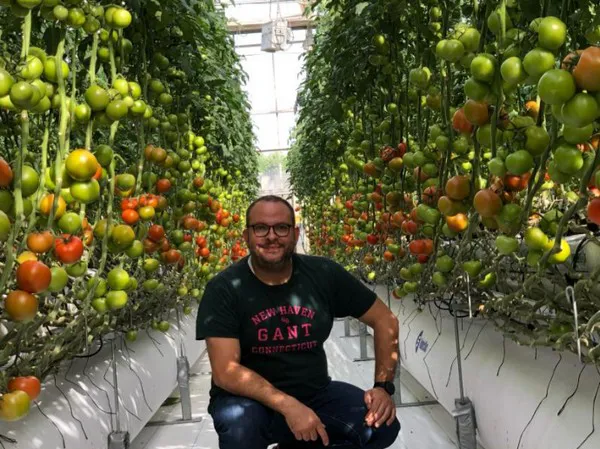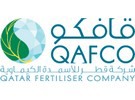Testing different technologies, cultivation methods and crop nutrition solutions in trial and demonstration greenhouses in Qatar, and then showing the results to the local farming community. That is the purpose of an 800 m2 ‘Water Saving Greenhouse’ in Qatar, where tomatoes are grown. Yara International, Qatar Fertilizers Company and Hassad Food cooperate on this project. Karina Enikeeva with Yara tells us more.

Technologies in the greenhouse
“In our greenhouse, we see that the climate can be managed by technology. However, the greatest challenge in the region is the application of the best technologies with local agronomical competencies.” The combination of hot and humid climate conditions with excessive radiation during peak hours, provides special growing conditions that Western (Dutch) growers still find challenging.
“With the help of the system that we built here, we achieve the required temperature and humidity. But during the day, the sun radiation is really high, exceeding 1,000 W/m2.” In the local conditions, answers to questions like ‘is shading the best option?’ ‘is it better to let all radiation reach the plants?’ or ‘how to prevent stress in the plants?’ are still being researched, and the three companies are trying to find the best solution.
The project is a closed greenhouse with HVAC system for providing cool air and dehumidification. CO2 is added, and during peak radiation the greenhouse is shaded. Around 3L/m2 of water from the transpiration of the plants is recovered by condensation and sent back to the system. “The closed system with compression cooling allows us to provide the best climate, use 95% less water than a traditional greenhouse with adiabatic (evaporative) cooling, and we can ensure an all year production, even during the hottest and the most humid months of the year (July – September).”

Productivity
The productivity is aimed to be 100 kg/m2 in a couple of years, which would be 10 times better than the average yield for Qatar grown greenhouse tomatoes, and 20 times better than the average productivity in the country. All produce is sold locally, under the brand of Hassad Food, because of the high quality of the produce it is sold as premium product, and acquires the highest selling rate available in the market for table tomatoes.
Qatar has reached about 25% self sufficiency in fresh vegetables and this number is not distributed evenly over the year. Most local production occurs during winter time, during summer Qatar imports most of its needs in fresh fruits and vegetables, this is what makes this type of greenhouse important. It provides some self-sufficiency during summer months.

Photo: Carol Khadra, Yara agronomist
Market and circumstances
Water is a very scarce resource in Qatar, which is one of the top countries on the list of water stressed countries, according to World Resources Institute. Other challenges are the fact that there is a limited amount of arable land available. Furthermore, CEA and hydroponics is picking up very fast in the region but there is a big deficit in human resources and expertise to follow this trend, the local environmental conditions are so challenging that local expertise is essential.
There are about 20 professional greenhouse growers in Qatar, using different types of greenhouses, like structures covered by insects and shade nets, structures that are cooled with evaporative cooling, both low tunnels and high multispans. Some projects were developed using semi-closed greenhouses with a hybrid cooling system of both evaporative and compression cooling. “We try to compare the performance of all these technologies including our completely closed greenhouse, and we share all the lessons that we learn with the local community.”
Find more pictures on Instagram via @watersavinggreenhouse.
 Yara
Yara 
 QAFCO
QAFCO